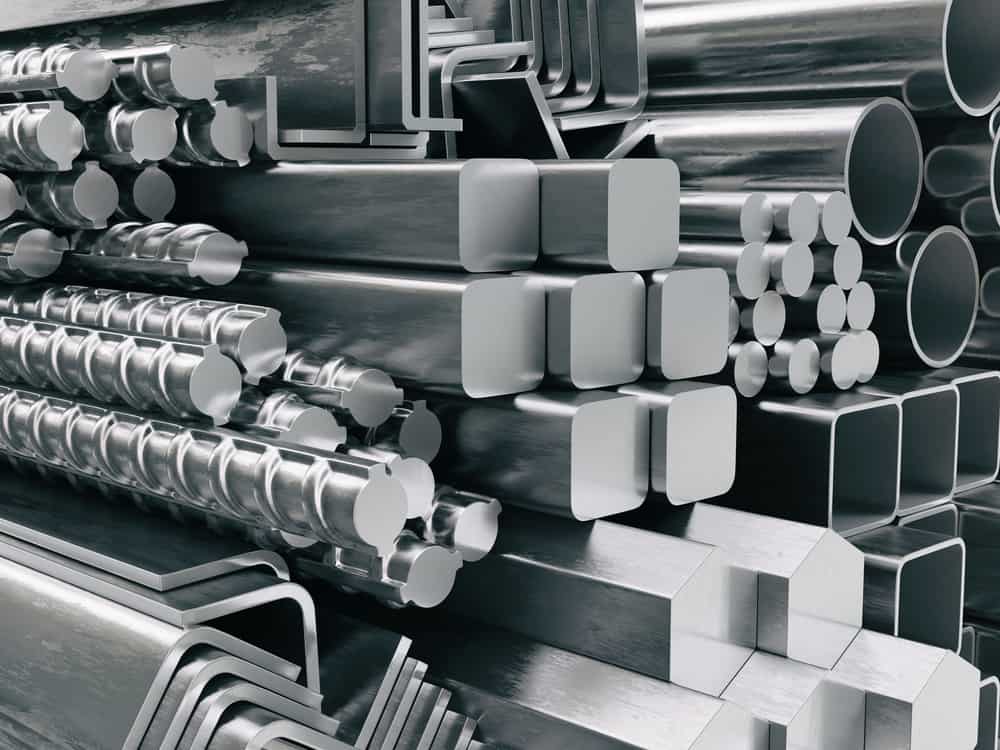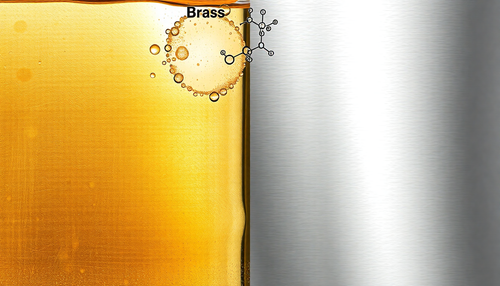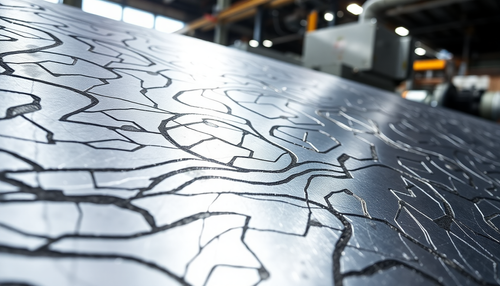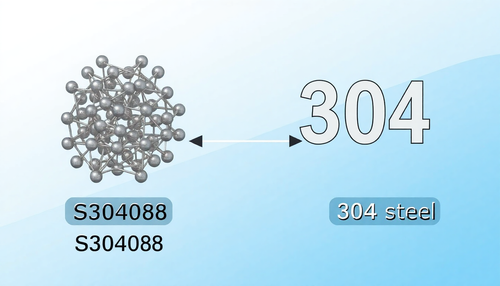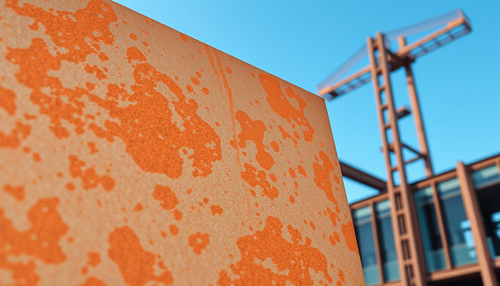
Chinese tool steel grades are steels used in the manufacture of cutting tools, gauges, molds, and wear tools. Tool steels have high hardness and high red hardness at high temperatures, as well as high wear resistance and adequate toughness.
According to different chemical compositions, Chinese tool steel grades are often divided into 3 categories:
- carbon tool steel,
- alloy steel for tools and
- high speed steel (high alloy tool steel).
According to the use of steel, it can be divided into three categories:
- cutting tool steel,
- die steel
- and measure steel.
Tool carbon steel (unalloyed)
Compared with alloy tool steel, carbon tool steel has good processability, low price and wide range of applications, so it is used in tool production. Tool carbon steel is divided into cutting carbon steel, mold carbon steel and measuring carbon steel.
Such steels are generally delivered annealed and can be delivered unannealed according to the buyer's requirements. The hardness, fracture structure, cross-linked carbide, pearlite structure, sample quenching hardness, hardenability depth and decarburization depth of the surface of annealed steel must comply with the Chinese national standard GB/T 1298.
The carbon content of Chinese carbon tool steel ranges from 0.65% to 1.35%. There are 8 types of carbon tool steel in China National Standard GB/T 1298-2008. Among them, T7 low carbon tool steel has good toughness, but its wear resistance is not high. It is suitable for cutting tools for cutting soft materials and tools for impact loading, such as woodworking tools, boring tools, chisels and hammers.
T8 tool steel has good toughness and high hardness and is suitable for making punches, scissors and woodworking tools.
T8Mn tool steel with high manganese content has good hardenability, making it suitable for making woodworking tools with large fractures, chisels for coal mines, chisels for masonry and hand saw blades with lower deformation and horizontal trowels.
T10 tool steel has good wear resistance and wide range of applications. It is suitable for making metal cutting tools with poor cutting conditions and high wear resistance, as well as cold stamping dies and measuring tools such as turning tools, flat knives, milling cutters and boring tools. Silk plate, drawing die, engraved chisel, caliper and plug gauge.
T12 tool steel has high hardness and good wear resistance, but its toughness is low. It can be used to make cutting tools and measuring tools with high hardness and good wear resistance, such as scraper, drill, reamer and flared drill, taps, dies and micrometers.
T13 tool steel is the steel with the highest carbon content in carbon tool steel. Its hardness is very high, but its toughness is low. Does not support impact load. It is only suitable for cutting tools for cutting high hardness materials and tools for hard rock processing such as boring and engraving tools. Knives, drawing dies, engraving tools, etc.
Alloy Tool Steel
Alloy tool steel is a type of steel that adds alloy elements such as chromium, molybdenum, tungsten and vanadium to carbon tool steel to improve hardenability, toughness, wear resistance and heat resistance. It is widely used in cutting tools, cold and hot deformation molds and measuring tools. It can also be used to manufacture fuel pistons, valves, valve seats and valve nozzles for diesel fuel pumps.
Alloy tool steel has higher hardenability, hardenability, wear resistance and toughness than carbon tool steel. It can be roughly classified into three types: cutting tools, molds and measuring tools. Among them, high-carbon steel (carbon mass fraction greater than 0.80%) is mainly used in the manufacture of cutting tools, measuring tools and cold working molds. The hardness of these steels after quenching is above HRC60 and has sufficient wear resistance; steel with medium carbon content (carbon mass fraction of 0.35%-0.70% is mainly used to make molds for hot working. The hardness of these steels after quenching is slightly lower, HRC50-55, but tenacity is good.
High speed tool steel (high alloy)
High-speed tool steel is a high-carbon, high-alloy Leysite steel, with tungsten, molybdenum, chromium, vanadium, and sometimes cobalt as the main alloying elements. It is generally used as a high-speed cutting tool, known as high-speed steel.
Due to its high red hardness, good wear resistance and high strength, it is also used in the manufacture of molds, rollers, high temperature bearings and high temperature springs with high performance requirements. The hardness of high-speed tool steel after heat treatment can reach above HRC63, and it can maintain high hardness at the working temperature of about 600°C, and its toughness, wear resistance and heat resistance are good.
High-speed steel can be divided into the following types according to the alloying elements it contains:
- Tungsten high speed steel (W 9 – 18%),
- Tungsten-molybdenum high speed steel (W 5 – 12%, Mo 2 – 6%),
- High speed steel with high molybdenum content (W 0 to 2%, Mo 5 to 10%).
- Each line can be divided into general vanadium content (V 1-2%) and high vanadium content (V 2.5-5%) according to the amount of vanadium.
- Any high-speed steel such as cobalt (Co 5 to 10%) is classified as cobalt-containing high-speed steel.

